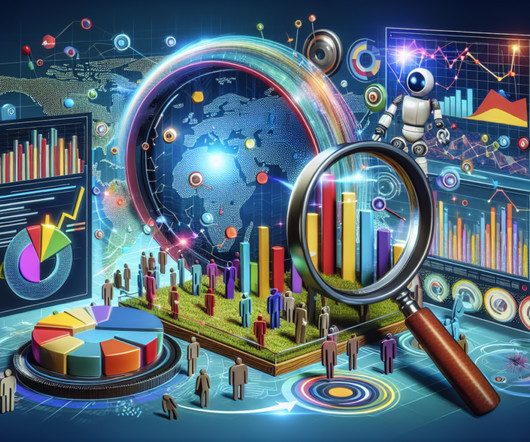3 ways to use predictive analytics to make better decisions
Martech
OCTOBER 2, 2024
In the era of big data, businesses have recognized the value of collecting vast amounts of information about their customers, operations and market trends. Predictive analytics, a form of artificial intelligence, uses historical data and advanced algorithms to: Forecast future trends. Faster conversion rates.
















Let's personalize your content